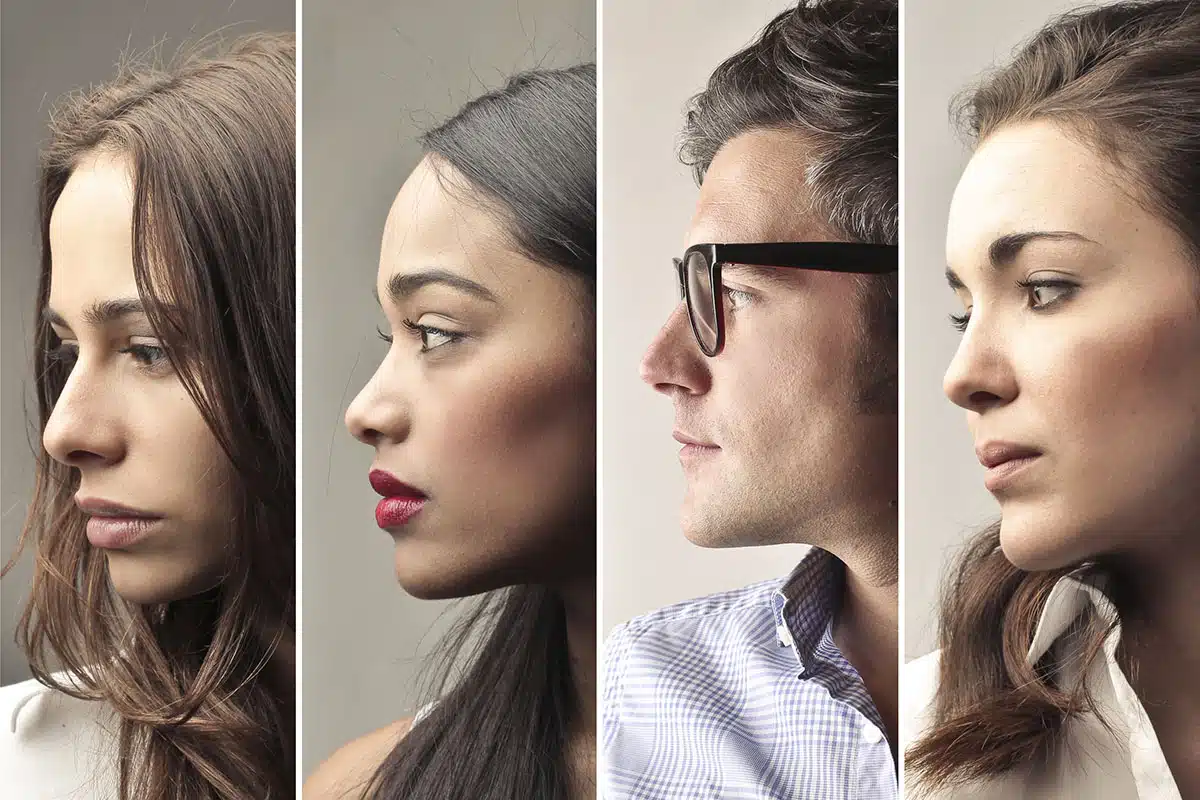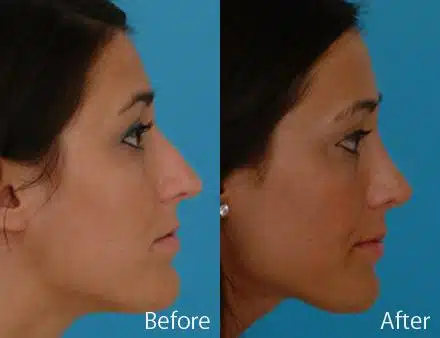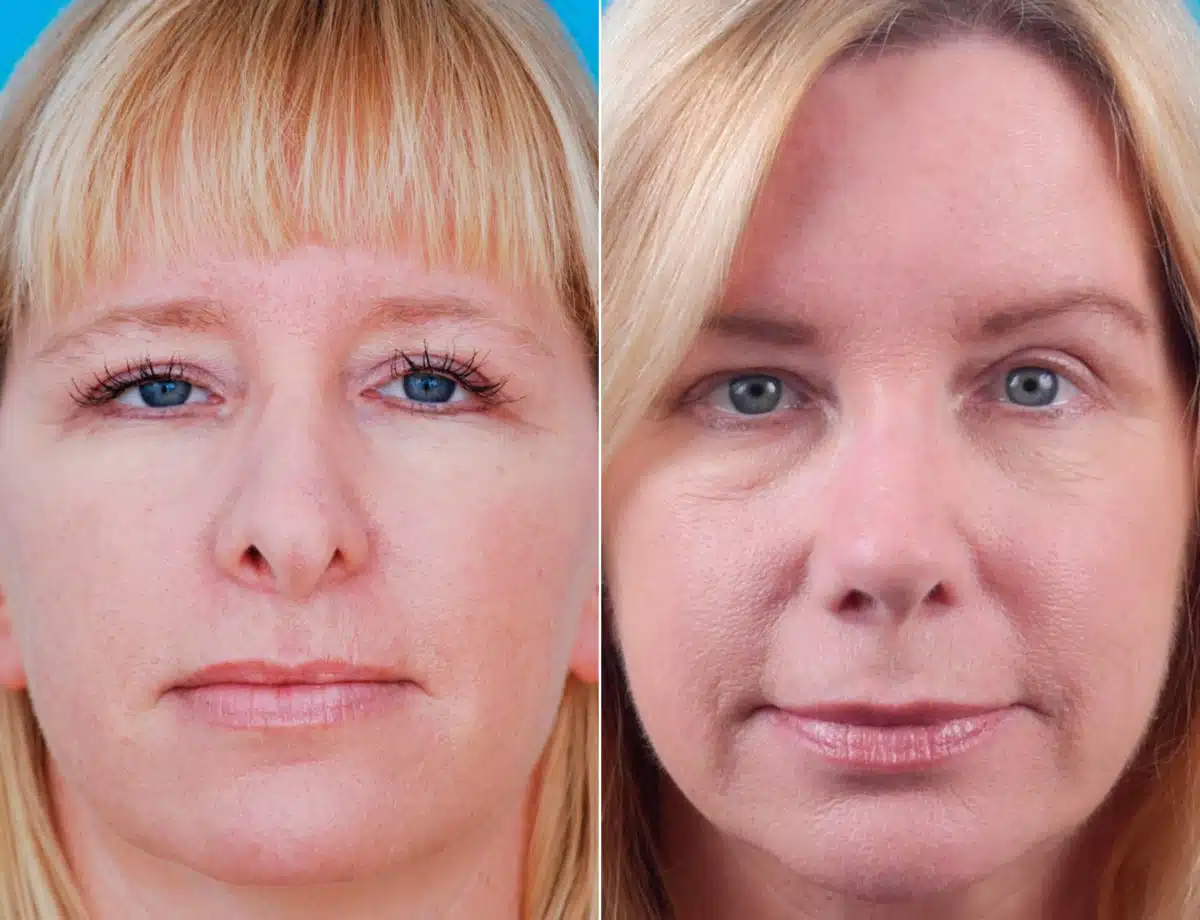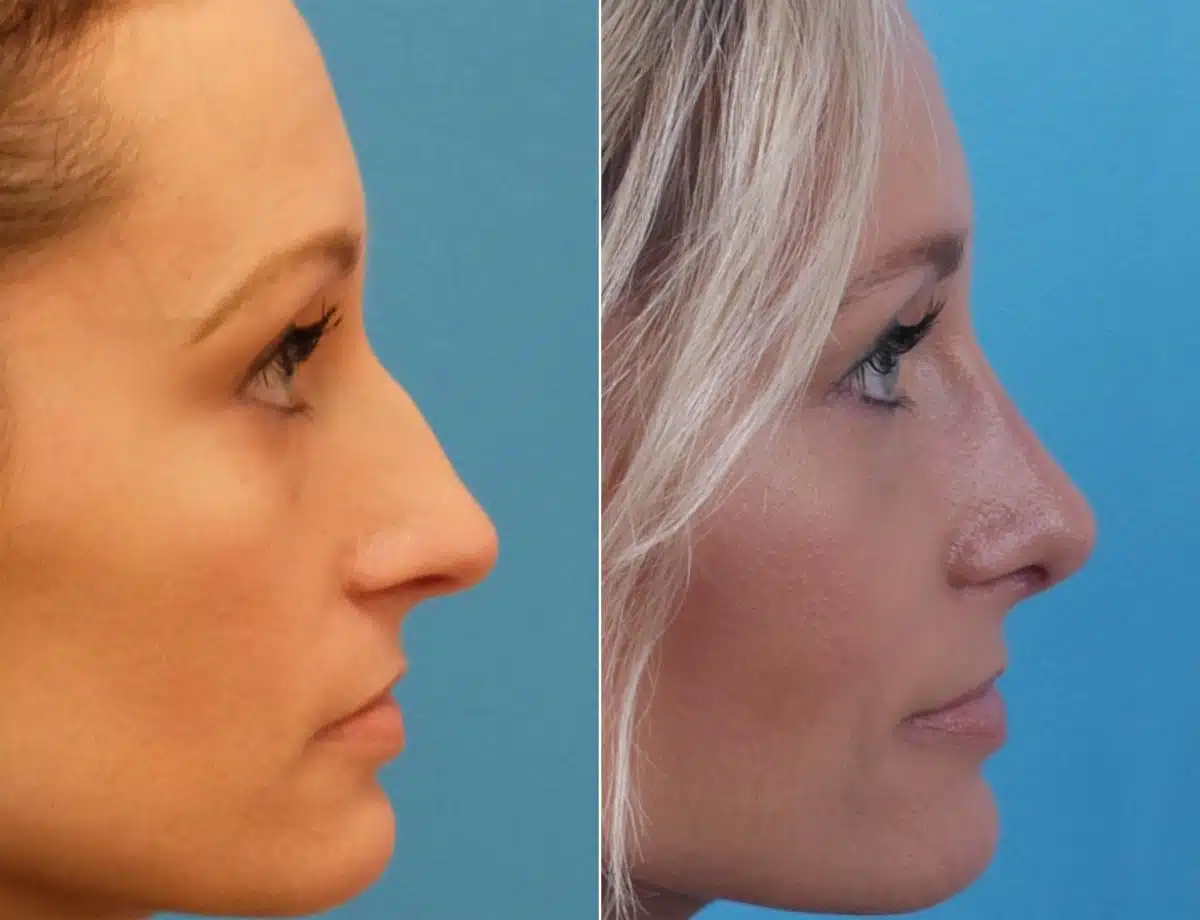Exploring the Different Types of Nose Surgery

Thinking about changing your nose but unsure where to start? Nose surgery can refine nose shape, restore balance, and even help if you have breathing problems. From subtle tweaks to comprehensive solutions, understanding your options sets you up for confident decisions and results that look natural and feel truly right.
In this guide, we’ll map out today’s nose surgery options so you can see what’s possible and why. You’ll learn which approaches address structure, symmetry, and airflow, and where non-surgical choices fit. Clear, concise, and practical—so you can step into your consultation informed and excited about your next step forward.
How Many Types of Nasal Surgery Are There?
There are several types of nasal treatments, and the right choice varies depending on your goals for appearance and breathing. Broadly, options span from surgery to non-invasive procedures. Surgical paths include cosmetic rhinoplasty, functional operations to improve airflow, and reconstructive work after injury. Non-surgical choices—like injectable “liquid” rhinoplasty—offer temporary shaping without incisions. Together, these categories cover structural changes to the bridge and tip, correction of a deviated septum, and relief of airway obstruction. The best plan follows an evaluation that matches anatomy, expectations, and recovery preferences, guided by a specialist.
Different Types of Cosmetic Nose Surgery
When exploring the common types of rhinoplasty surgery, it helps to see how they fit into the broader field of facial plastic surgery and cosmetic surgery. Some procedures focus on refining shape and balance for aesthetic goals, while others correct structural concerns or past outcomes. Below, we’ll outline the main cosmetic techniques so you can understand the distinctions and decide which may best suit your needs.
Closed and Open Rhinoplasty
Closed and open rhinoplasty are the two principal approaches to surgical nose reshaping. In a closed (endonasal) rhinoplasty, incisions are placed entirely inside the nostrils, which avoids an external scar and can limit swelling. In an open approach, a small incision across the columella links the internal cuts, providing full visibility of tip and bridge structures—a classic surgical procedure that enables precise shaping and structural support when complexity demands it.
Who benefits most? Closed rhinoplasty often suits patients seeking modest tip refinement or bridge smoothing with streamlined recovery. Open rhinoplasty is ideal for those needing detailed tip work, correction of asymmetry, significant reshaping, or complex support maneuvers. Your anatomy, goals, and prior history guide the choice after a thorough evaluation with your surgeon.
Revision Rhinoplasty
Revision rhinoplasty is performed for patients who remain unsatisfied after previous surgeries or who face functional problems as a result of earlier procedures. This operation is more complex than primary rhinoplasty because of scar tissue and altered anatomy, requiring advanced expertise to restore structure, improve breathing, and refine cosmetic balance.
Who benefits most? Individuals who have undergone one or more nose surgeries and still experience irregularities, asymmetry, or airflow obstruction are ideal candidates. Revision rhinoplasty offers them a chance at improved results, but success depends heavily on choosing a surgeon skilled in complex secondary operations.
Ethnic Rhinoplasty
Ethnic rhinoplasty is designed to refine and enhance features while respecting cultural and individual identity. Techniques may involve subtle adjustments to the bridge, nostrils, or nasal tip, depending on the patient’s face structure and aesthetic goals. The aim is to create balance and harmony without erasing unique traits that define heritage and identity.
Who benefits most? Patients from diverse backgrounds seeking refinement rather than radical change are ideal candidates. Ethnic rhinoplasty offers an individualized approach, preserving natural character while improving proportion and symmetry. It is especially helpful for those who wish to enhance their profile or breathing while maintaining authenticity.
Liquid Nose Job
Liquid rhinoplasty, also called non-surgical rhinoplasty, uses dermal fillers to temporarily reshape the nose without incisions. The procedure smooths bumps, lifts the tip, or improves symmetry, and is done under only local anesthesia. It has become a popular non-surgical option for those who want immediate results with little to no downtime.
Who benefits most? Ideal candidates are patients who want to refine their profile or contour without permanent surgery. While results last months rather than years, liquid rhinoplasty offers a safe, convenient choice for people testing cosmetic changes before committing to surgical correction.
Nasal Reconstruction
Nasal reconstruction is designed to restore both form and function after trauma, surgery, or congenital differences. It may involve rebuilding the bridge, nostrils, or tip with cartilage grafts or skin flaps. These techniques are applied in many contexts, from a broken nose to more severe damage after an accident, with the aim of achieving balance, airflow, and a natural look.
Who benefits most? Patients who have experienced facial trauma, cancer removal, or congenital deformities often need nasal reconstruction. This procedure helps them regain confidence and comfort, while also restoring breathing and appearance in harmony with the rest of the face.
Secure Your Safe Treatment Experience with Dr. Daniel G. Becker.
Join our satisfied clients who’ve experienced safe, effective treatments.
Types of Nose Surgery to Breathe Better
For patients with breathing difficulties, specialized procedures can restore clear airflow and comfort. These operations focus less on outward appearance and more on improving breathing function, though cosmetic benefits may follow. Surgeons rely on various types of surgical techniques to reduce obstruction, repair defects, and stabilize the nasal structure. Below, we’ll explore the most common functional procedures designed to help patients breathe better.
Turbinate Reduction
Turbinate reduction, also known as turbinate surgery, is performed to shrink or reshape the turbinates—structures that help filter and humidify air. When the turbinate bone and surrounding tissue are too large, they can obstruct airflow. Surgeons may use radiofrequency, cauterization, or partial removal to restore open nasal passages. This procedure can be done under local or general anesthesia, depending on the case and patient comfort.
Who benefits most? Patients who struggle with chronic nasal congestion that does not improve with medication are strong candidates. Turbinate reduction helps them breathe more freely, improves sleep, and reduces reliance on decongestants, offering long‑term relief from daily discomfort.
Sinus Surgery
Endoscopic sinus surgery uses an endoscope to access the sinus passages through the nostrils, addressing sinus issues without external incisions. Surgeons can open blocked pathways, treat chronic sinusitis, remove nasal polyps, and manage other serious sinus conditions. In select cases, balloon sinuplasty gently widens narrowed openings with a small balloon, improving drainage with minimal tissue disruption.
Who benefits most? Patients with persistent infections, polyps, or recurring pressure and headaches despite medication are strong candidates. Endoscopic techniques—and when appropriate, balloon sinuplasty—aim to restore ventilation and drainage so patients experience fewer infections, better breathing, and improved quality of life.
Septum Surgery (Septoplasty)
Septoplasty is performed to straighten a deviated nasal septum, the thin wall of cartilage and bone that divides the nasal passages. When the septum is crooked, it can block airflow, leading to difficulty breathing or chronic congestion. During the procedure, the surgeon repositions or trims parts of the septum to improve symmetry and restore clear airflow.
Who benefits most? Patients with persistent obstruction, snoring, or recurrent sinus infections caused by a deviated septum often find relief through this surgery. By opening the nasal passages, septoplasty can significantly improve comfort and breathing quality.
Nasal Valve Repair
Nasal valve repair is performed to restore stability to the narrowest part of the airway inside the nose, which is essential for proper nasal function. When these delicate structures collapse or weaken, patients may experience significant breathing difficulties. Surgeons can use grafts or sutures to support the area, ensuring the passages remain open during inhalation.
Who benefits most? This procedure is recommended for patients whose obstruction persists despite other treatments or surgeries. Individuals with valve collapse often report difficulty exercising or sleeping. Nasal valve repair can provide lasting improvement in airflow and daily comfort.
How To Choose The Best Procedure for You
Selecting the right type of surgery begins with separating cosmetic desires from functional needs. Cosmetic choices are usually straightforward, based on aesthetic goals like reshaping the bridge or refining the tip. Functional procedures, however, are more nuanced. They address airflow, structure, and health concerns, and often require an in‑depth examination to determine which approach will deliver both comfort and balance.
Because functional problems can arise from septum deviation, sinus blockages, or valve collapse, deciding on the best procedure is not always simple. That’s why consultation with an experienced nose surgeon is crucial. An expert can evaluate anatomy, discuss expectations, and guide you toward the safest, most effective solution tailored to your situation.
Consult With an Expert Nose Surgeon
Choosing an experienced specialist matters. A skilled surgeon aligns technique with your anatomy and goals, prioritizing safety, function, and aesthetics in equal measure. From preoperative planning to precise execution and attentive follow‑up, the right guide reduces risks, streamlines recovery, and elevates outcomes—especially when form and airflow must be balanced in one carefully planned procedure.
At The Becker Rhinoplasty Center, Dr. Daniel Becker—renowned facial plastic surgeon and dedicated nose specialist—brings uncommon expertise to every case. He is a Clinical Professor at the University of Pennsylvania, has top ratings, authored four surgical textbooks and 100+ publications, and has directed the PENN Rhinoplasty Course since 1998—recognized consistently as a Top Doctor and contributor to surgical instrument design. Expect natural results that respect function and form. Ready to schedule an appointment? Call 856-772-1617 or 856-589-6673, or visit our contact page to book your consultation.


